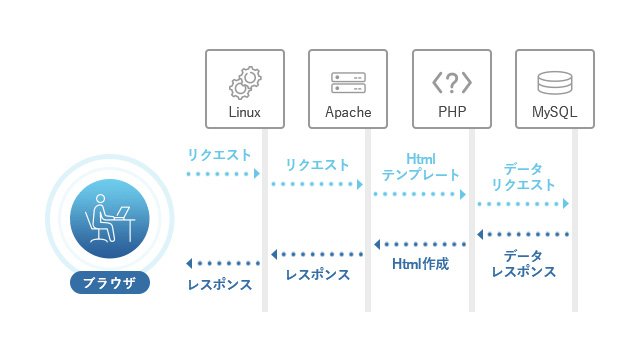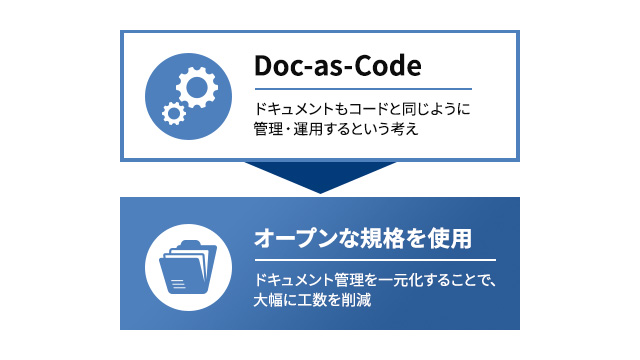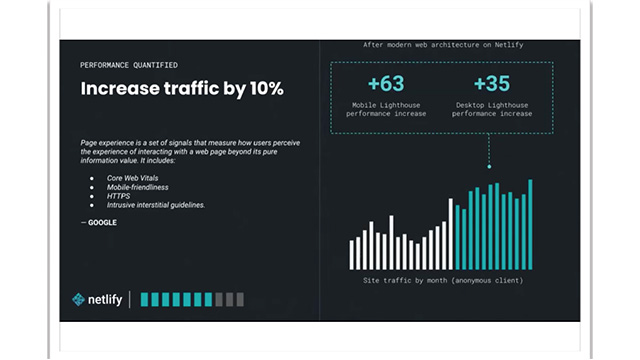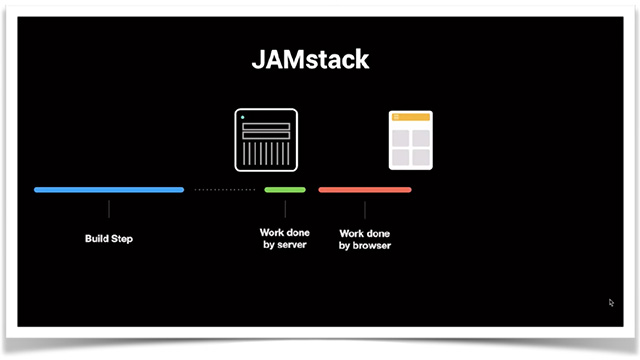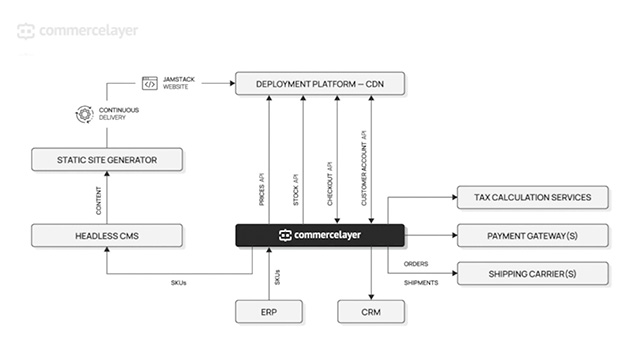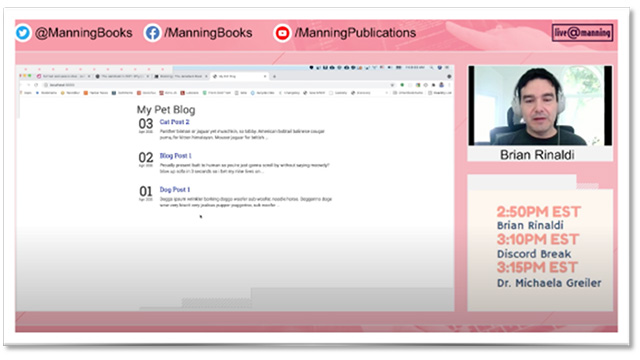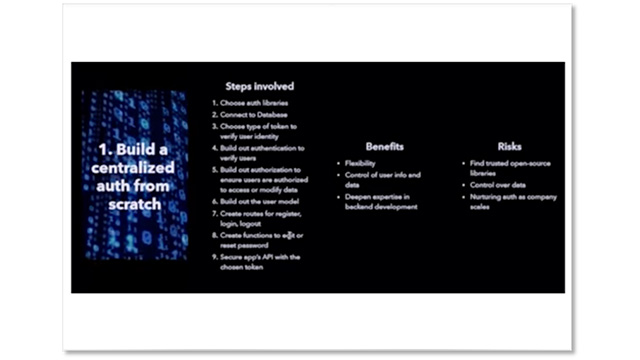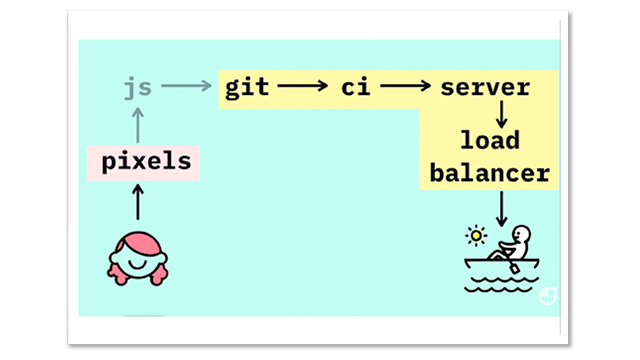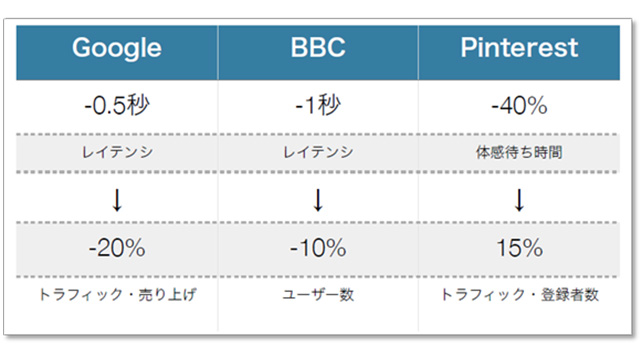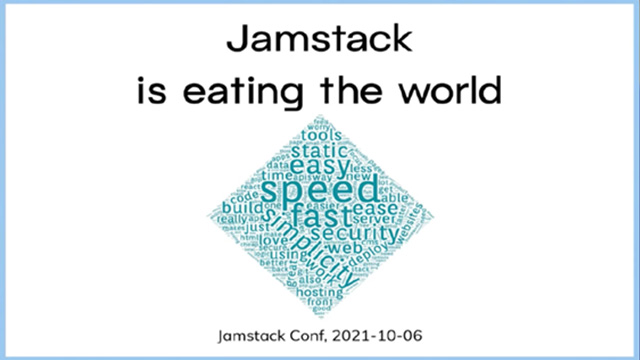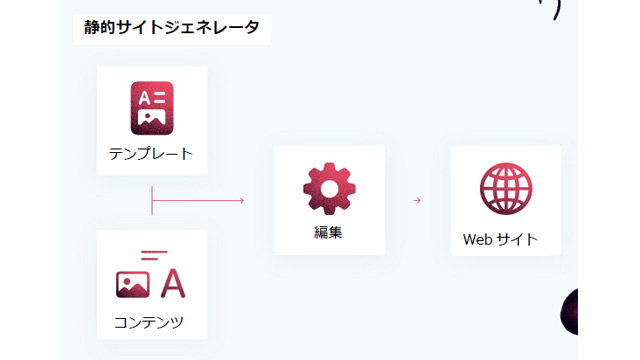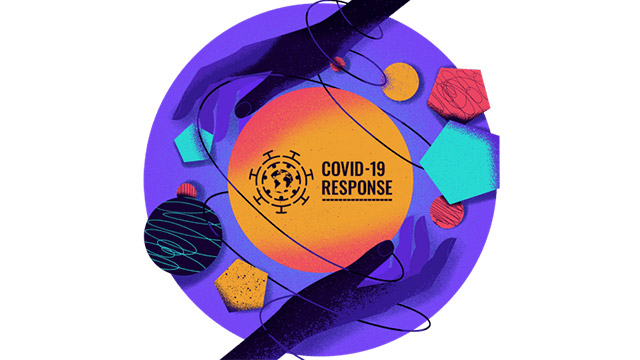- Table of Contents
-
- 1. What is a Static Site Generator?
- 2. Background of the Growing Attention on Static Site Generators
- 3. Improvement of Core Web Vitals
- 4. Disadvantages of Static Site Generators
- 5. Use Cases of Static Site Generators
- 5.1 Blog Site
- 5.2 Event Site
- 5.3 Portfolio Site
- 6. Choosing a Static Site Generator
- Summary
1. What is a Static Site Generator?

A static site generator is a tool that generates a completely static HTML website based on raw data and templates. In other words, it is a concept that returns to the origins of website creation, where pages that were previously displayed dynamically using a content management system (CMS) are generated as HTML in advance and then displayed. It has gained attention as one of the development methodologies known as Jamstack.
For example, let's say there is a section called "Announcements." When a new article is published in the announcements list from the management screen in the CMS, the CMS will list it from the database when there is subsequent access to the announcements page, dynamically generating the page. While there is the advantage of always having the latest information, it has been observed that the display speed may slow down due to the bloating of CMS functionalities in recent times.
When achieving the same thing with a static site generator, an HTML file corresponding to the new announcement is generated at the time it is added. Although there is a time lag until the generation is complete, once it is done, the page will be displayed quickly.
Static site generators that automate the generation of web pages and the implementation of templates are part of a web development approach called Jamstack, which is gaining attention as an alternative to or complement for content management systems (CMS).
2. Background of the Growing Attention on Static Site Generators
The reason static site generators are gaining attention is due to the limitations revealed by years of operating sites with CMS. First, since CMS runs on a server and dynamically generates web pages, it can lead to slower loading times for the site. Additionally, because CMS needs to access a database to generate web pages, an increase in database capacity can negatively impact the site's performance.
Furthermore, a CMS can have a complex interface, making it difficult for users who are not familiar with the CMS to update content. In other words, there may be too many options available in the management screen, making it hard to understand how to use it. It's similar to how a remote control for a high-functionality television can be confusing.
Additionally, CMS can have security vulnerabilities, and if appropriate security measures are not taken, there is a possibility of data leaks or site downtime caused by attackers. Even seemingly trivial pages like notifications are connected to a database in the background, which manages customer order lists and login information in the same database, making them susceptible to attacks from malicious hackers.
To address such issues, static site generators have gained attention. Static site generators create static HTML pages, eliminating the need to dynamically generate web pages, which significantly reduces site loading times. Additionally, unlike CMS, static site generators do not need to access a database, so they do not impact performance.
Furthermore, websites using static site generators can be easier to use than CMS. This is because they utilize simple text files like Markdown or adopt a headless CMS with limited features for the management interface, making content updates easy.
It is also worth noting that static site generators are less likely to have security vulnerabilities. Since static site generators create web pages statically, the potential for security vulnerabilities on the site may be reduced. Because there are no databases or anything connected in the background, there is no confidential information that can be taken even if hacked.

3. Improvement of Core Web Vitals
One of the main reasons static site generators are currently gaining attention is their contribution to improving Core Web Vitals. Core Web Vitals are metrics introduced by Google to evaluate the quality of websites. These include loading time, interactivity, and visual stability. By using a static site generator, you can optimize your website's performance and improve Core Web Vitals. Static sites load quickly, resulting in shorter loading times and reduced user wait times.
Google has announced that it considers Core Web Vitals to be important metrics from an SEO perspective, and improving these scores particularly emphasizes the importance of site loading speed. Creating a site that loads quickly with a static site generator is essential for SEO measures.
4. Disadvantages of Static Site Generators
There are certainly disadvantages to implementing a static site generator. For example, it can take time to generate pages. This may not be an issue for a few pages, but if you were to regenerate all property information on a real estate site every time there is a change, it could take hours to complete.
Another point is that there are almost no existing templates, so developers need to create their own templates. When using a CMS like WordPress, many existing themes can often be used for free. However, for static site generators, such options are not readily available. While this can be an advantage in terms of customization, it may feel cumbersome if there is not a strong preference for it.
A similar point is the lack of a user-friendly interface. Without a management screen like a CMS, it is difficult for users without development experience to publish content using static site generators. This issue can be somewhat resolved by connecting to a headless CMS. Additionally, updates outside of the website's content often require support from developers.
5. Use Cases of Static Site Generators
Static site generators are particularly suitable for specific use cases such as small websites, blogs, portfolios, and documentation sites. They are not suitable for sites that require high update frequency and real-time capabilities. Examples of such use cases include the following.
5.1 Blog Site
Static site generators are ideal for building blog sites. Blog posts are typically created in simple file formats such as text and images. These files are converted into HTML pages using a static site generator. When you edit the title or content of a blog post, the HTML page is automatically updated as well. This eliminates the need to manually copy and paste blog posts into HTML pages, saving time.
5.2 Event Site
Static site generators are also suitable for building event sites. Event sites often include information such as event details, schedules, sessions, and speakers. This information can be converted into HTML pages using a static site generator. This allows for smooth navigation of the event site and provides useful information to participants.
5.3 Portfolio Site
Static site generators are ideal for building portfolio sites. Portfolio sites often contain a lot of visual content, such as photos, illustrations, and graphic designs.
6. Choosing a Static Site Generator
Static site generators are constantly evolving, with new features and improvements added every year. To choose the most suitable static site generator, it is necessary to compare them according to the requirements of your project.
The main point of discussion is the compatibility between static site generators and the frameworks used to develop the site. What programming language is being used, and what framework is being used?
For example, if you are adopting React.js as a JavaScript framework, Next.js would likely be your first choice. This is because Next.js is positioned as an extension framework of React.js. Gatsby is also a strong candidate. It is a framework based on React.js. In recent years, it has been trending down in popularity and developer satisfaction due to the rise of some newer frameworks, but there was a significant announcement recently that Netlify has acquired it. As the original proponent of the Jamstack concept and the de facto standard for deployment environments, Netlify's full support gives us hope for the future.
If you are building with Vue, Nuxt 3 will likely be a strong candidate. In this way, you will choose the best option based on the characteristics and compatibility of each.
You can find detailed information about various static site generators on this site.
https://jamstack.org/generators/
Summary
Static site generators play a crucial role in web development, especially in Jamstack. It is recommended to use static site generators to improve the speed and performance of static web pages. Depending on the use case, using a static site generator can also enhance development efficiency. However, there are drawbacks. Static site generators require development experience and may have a difficult-to-use interface. Nevertheless, by addressing these challenges, you can ultimately build fast and robust websites or applications. Choosing the right static site generator is important, and it is advisable to compare them according to the requirements of your project.







